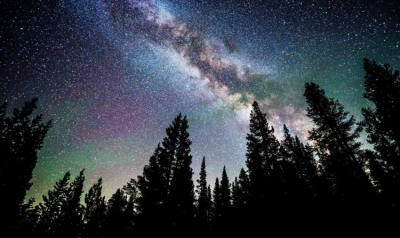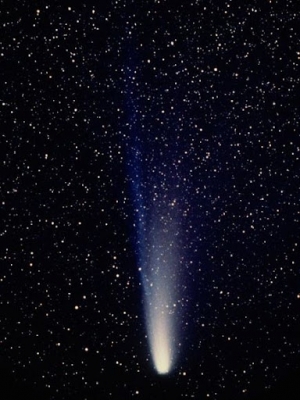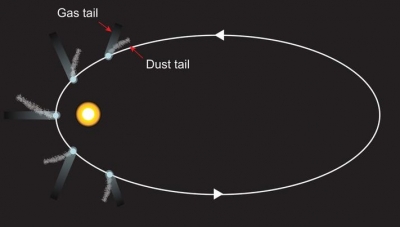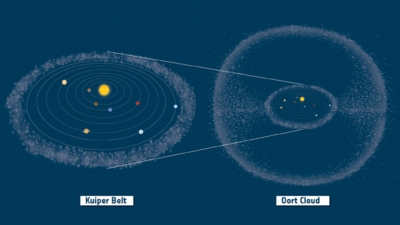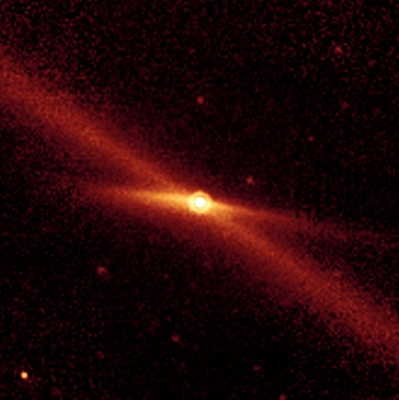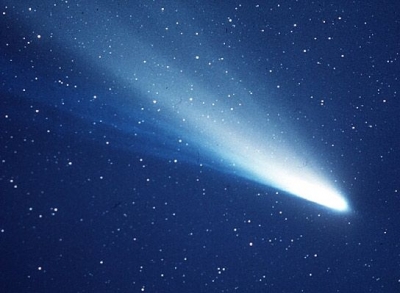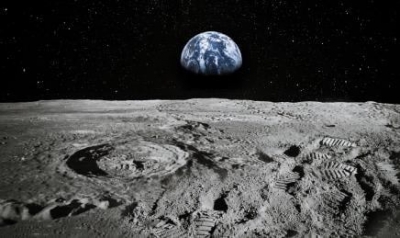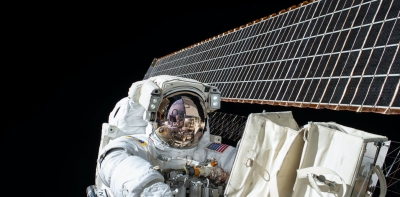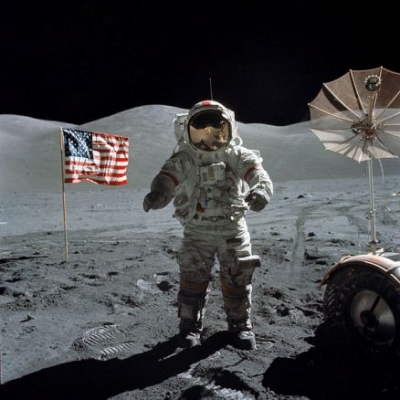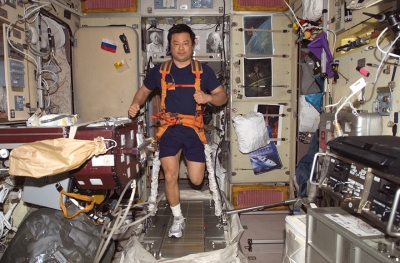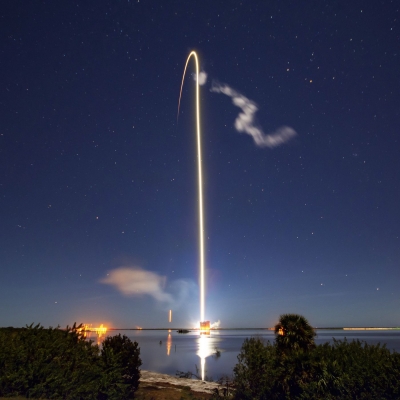There Is a Sculpture on the Moon Commemorating Fallen Astronauts
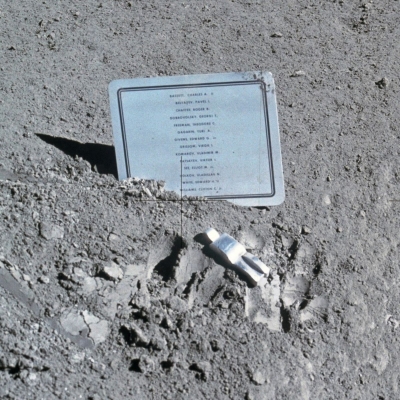
In 1971, the crew of Apollo 15 placed a 3 inch "fallen astronaut" statue on the surface of the moon to commemorate all the astronauts who died in pursuit of space travel. An accompanying plaque bears the names of the 14 astronauts who had lost their lives till then.
In her book Artifacts of Flight, NASA art curator Carolyn Russo writes: “On Apollo 15, the fourth mission to land on the Moon, astronauts David Scott and James Irwin left a memorial on the lunar surface as a tribute to the heroic men of the U.S. and Soviet space programs who had risked and lost their lives.” This small memorial figure, fittingly Space Age in design, was created by Belgian artist Paul Van Hoeydonck. “As the final act of the third extravehicular activity on August 2, 1971, they placed a sculpture depicting a ‘fallen astronaut’ in the lunar soil at the Hadley-Apennine landing site,” Russo writes.
The figurine was placed without fanfare—in fact the public wasn’t even told it was up there until the launch of Apollo 16 almost a year later. It rests in an open grave of moon dust alongside a plaque bearing the names of 14 men, Soviet and American, who died in the course of their respective nations’ space programs, including Gus Grissom and Yuri Gagarin. Notably, three names are missing: two cosmonauts whose deaths were obscured by the secrecy of the Soviet space program, and Robert Henry Lawrence Jr., who had been trained to be the first black American astronaut and died in a training flight. That said, Fallen Astronaut was designed to be ethnic-, race-, and gender-neutral. The sculpture was also designed to be lightweight enough for easy transit, but sturdy enough to stay put on the celestial body it calls home.
Credit : Atlas Obscura
Picture Credit : Google
